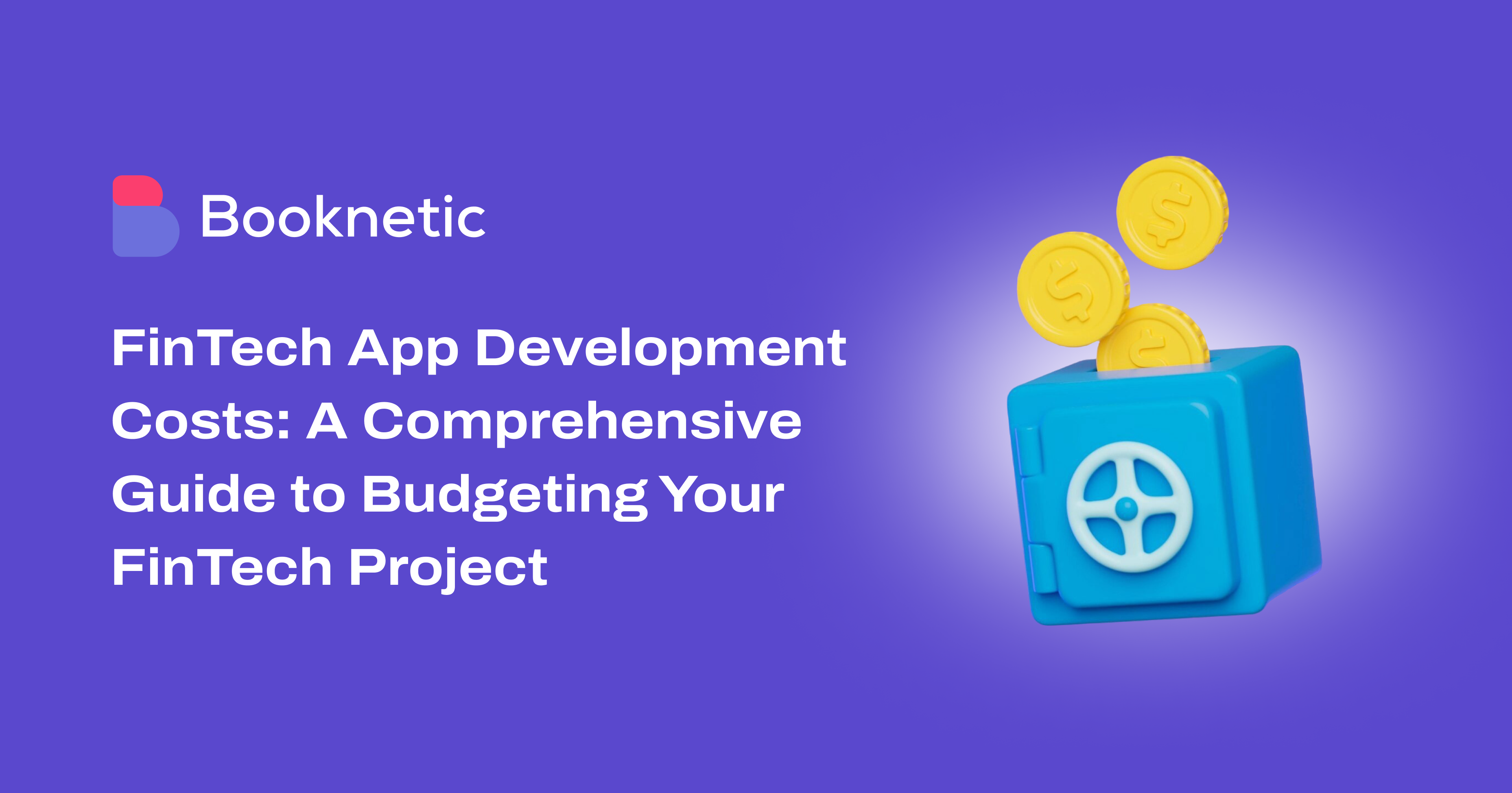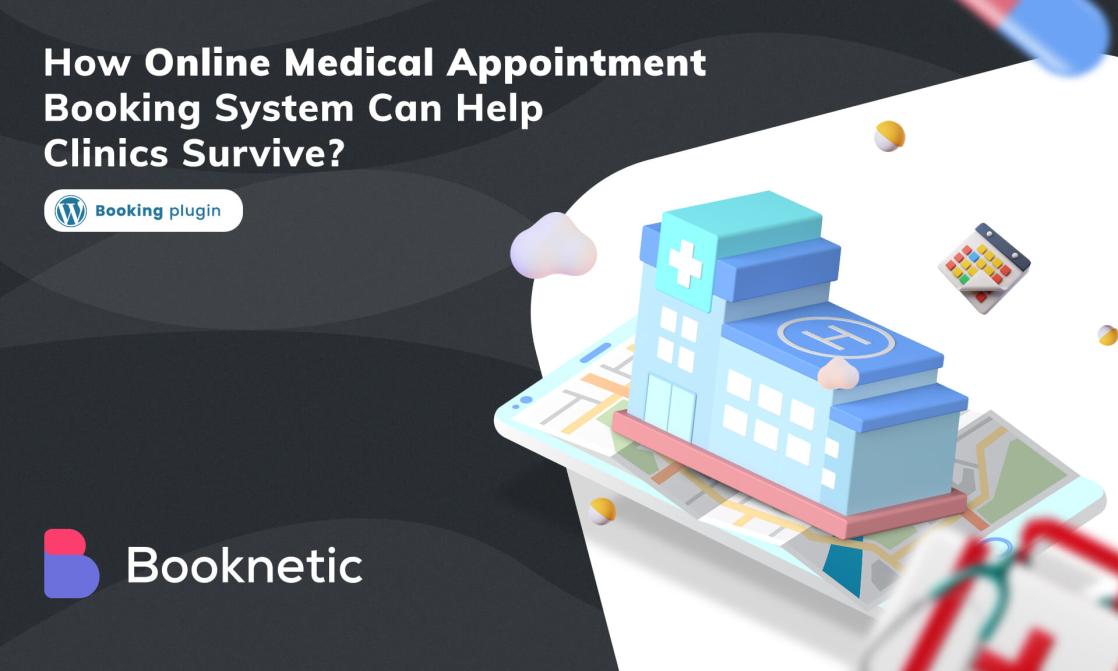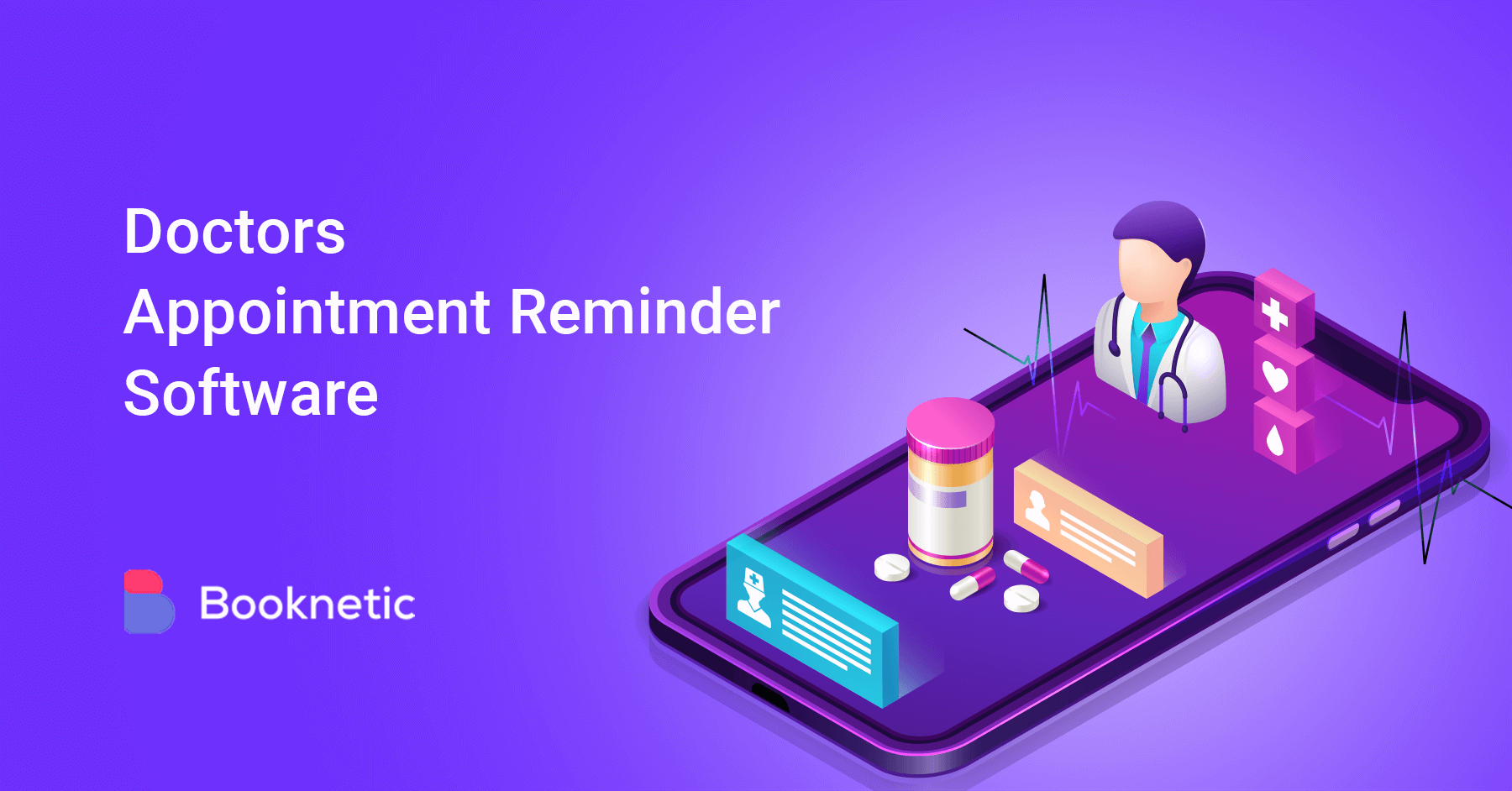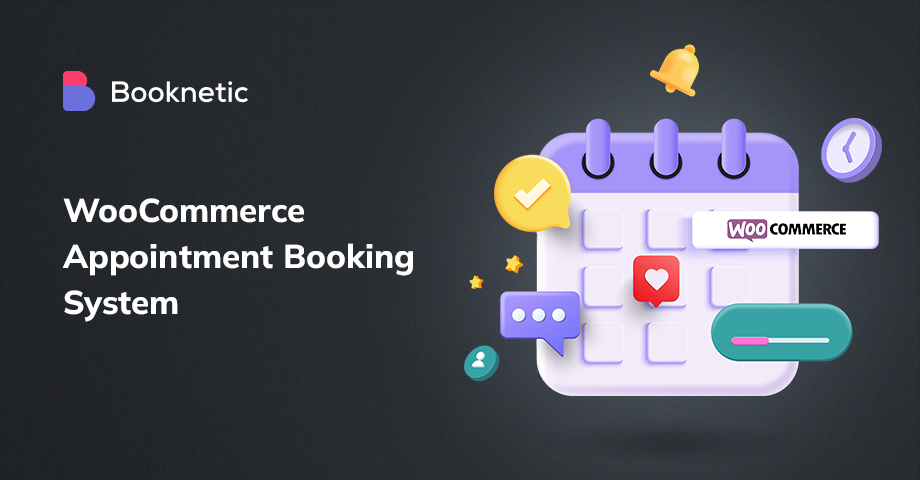

Digital technologies and their constant development have also had an impact on the financial sector, which is still undergoіng tremendous changes. Financial technology (FinTech) is becoming an increasingly popular strategic direction for businesses looking to grow their offerіngs. Fintech applications are more than simply a fresh wave of innovation; they are becoming a significant instrument for offering financial services that provide users convenіence and speed, as well as efficiency. However, the development of such FinTech applications remains a resource-intensive and complex process. It requires highly qualified specialists, careful planning, and substantial investments. If you are wondering what factors influence the cost of developing fintech applications, how to estimate these costs, and why it is important for companies seeking to enter the financial technology market, we will analyze this in detail below.
Key Factors that Will Influence the Cost of FinTech Application Development
The development of fintech applications is a multifaceted process. It includes different stages. From design and planning to testing and implementation. The cost of creating such an application can vary significantly. It depends on several key factors that you should consider when planning your budget.
The Complexity of the Functionality
The more complex features an app includes, the more time and resources it takes to implement it all. Such features require not only proper development, but also compliance with high security standards. These features include, in particular, the following ones:
- payment integration,
- credit scoring system,
- cryptocurrency transactions,
- other specific financial processes.
Choosing a Platform
Development for iOS and Android may require both different approaches and different resources. In addition, it is likely that you will either need to create separate applications for each platform or use hybrid solutions.
Services for Development
Engaging third-party services can help save time and resources. At the same time, it can reduce the risks associated with development. Such services often offer support in the integration of modern technologies. For example, blockchain, artificial intelligence, or machine learning. Accordingly, this will make your app even more competitive in the market. But the main thing is to choose the right fintech app development services, as this is often crucial for the success of the project. Such services include a full range of solutions. From consulting on the application architecture to its direct development and further support. Specialized companies that offer fintech mobile app development will provide you with experienced fintech app developers who have knowledge of user interface, security, and financial technology integration. Such services allow not only to create applications faster, but also to ensure a high level of security and stability of the application.
Regulatory Requirements
The Fintech industry is strictly regulated in many countries. This means that numerous regulatory standards must be met. In particular, data protection laws and licensing requirements. Of course, this adds complexity, which increases the cost of development.
Main Stages of Fintech App Development
These stages usually include idea and market research, design and UX/UI design, development and integration, testing and security, and deployment and support. Here's a closer look at each stage.
Idea. Market Research
The process of developing any application begins with a detailed analysis of the market situation and existing competitors. Companies should know all the fintech applications that already exist and determine what they can offer as something new. It is also necessary to define the target audience and it is equally important to understand the nuances of the needs of this audience. It is also crucial to research the legal requirements at this stage. This will guarantee that the app will meet all the necessary standards.
Engineering. UX/UI Design
After you have defined the business model, you have to create a user interface, which is an essential step because it should be intuitive, i.e., as convenient as possible. In the realm of financial technology, UX/UI design is important because customers expect an application to be both simple to use and successful. Such requirements also have an impact on the ultimate cost of the project, as meeting the pre-specified needs will require a sophisticated design. As a result, it will demand extra time and resources.
Development. Integration
Developing an app involves more than just writing code. It also includes integration with financial services and external APIs. Usually, development teams choose how to create a fintech app depending on the needs of the business. It can be either native or cross-platform development. The main goal of this stage is to ensure stable and secure operation of all application functions.
Testing. Security
We have already mentioned that financial applications must meet the highest security standards. If you test at every level of development, you will be able to uncover and eradicate potential vulnerabilities before the formal launch. Furthermore, such testing is necessary not only to protect user data, but also to meet regulatory requirements.
Deployment. Support
After successful testing, the application is ready for launch. However, even after the release, it is crucial to ensure its ongoing support and timely updates. Without such steps, it will be impossible to see any possible errors in time. Also, thanks to systematic updates, you, as a customer, with the help of developers, will be able to add new features in accordance with market requirements.
The Cost of Developing a FinTech Application
![]()
The cost of developing a financial technology application is largely determined by a number of criteria, including the complexity of the functionality, the location of the developers, the technologies employed, and the level of security. The usual cost of developing such an application ranges from $50,000 to several hundred thousand dollars. To help you comprehend, let us clarify the following issues.
Minimum cost ($50,000 - $100,000)
It usually concerns the creation of a simple application with basic functionality. It can be an MVP that includes basic financial transactions and a minimum level of security.
Medium cost ($100,000 - $300,000)
It covers more complex projects with wider functionality. It may include:
- support for multiple currencies,
- credit scoring,
- integration with blockchain,
- complex analytics,
- more serious cybersecurity measures.
Higher cost (from $300,000 to $500,000 or more)
It can refer to the development of high-level fintech solutions. They include:
- integration with multiple financial systems,
- support for artificial intelligence,
- compliance with international regulatory standards,
- powerful fraud protection systems.
The Main Components of Development Costs
These include the cost of technology, developer salaries, licenses with certification, marketing and deployment.
Technology Cost
If you intend to incorporate modern technology such as blockchain and artificial intelligence, this can drastically boost overall expenditures. For example, integrating blockchain technology can cost tens of thousands of dollars more.
Salaries of Developers
This is one of the largest budget components. The average salary of fintech developers depends on their location. For example, in North America and Western Europe, it is much higher than in Asia or Eastern Europe. For many companies, outsourcing becomes the best option. It allows to significantly reduce costs while maintaining high quality.
Licenses. Certification
In the field of FinTech, it is important not only to develop a secure application but also to obtain the necessary licenses. These can be licenses for financial activities or data security certification. It also requires significant investments.
Marketing and Deployment
After development, it is crucial to market your app. This way you can attract more users. Doing so includes creating a marketing strategy, following it, and advertising and customer support.
Tips for Reducing Costs
If a company has a limited budget, it can use the following strategies to reduce costs.
Use of Off-the-Shelf Solutions
The use of off-the-shelf platforms or modules for financial transactions will allow you to:
- reduce development time,
- minimize risks.
Development Outsourcing
Hiring developers from countries with lower salaries can greatly reduce the cost of creating an application without losing quality.
Focus on the Core Functions
During the initial development, it is important to focus on the minimum required functionality. That is, MVP. And then add new features later.
Summary
From all the above, you can see that the development of financial technology applications is a complex and comprehensive process that requires not only careful planning and high security standards but also significant financial investments. Financial technologies continue to evolve. Therefore, if companies want to remain competitive in the market, they must clearly understand how many resources they need to invest in this process. However, the right approach to development, involvement of professionals, and optimization will help to successfully create a fintech application that will be able to solve the most important business tasks and provide maximum benefit to end users.
Sign up for our newsletter
Be the first to know about releases and industry news and insights.
Booknetic is a simple yet powerful plugin for accepting online bookings & payments on your WordPress site.





